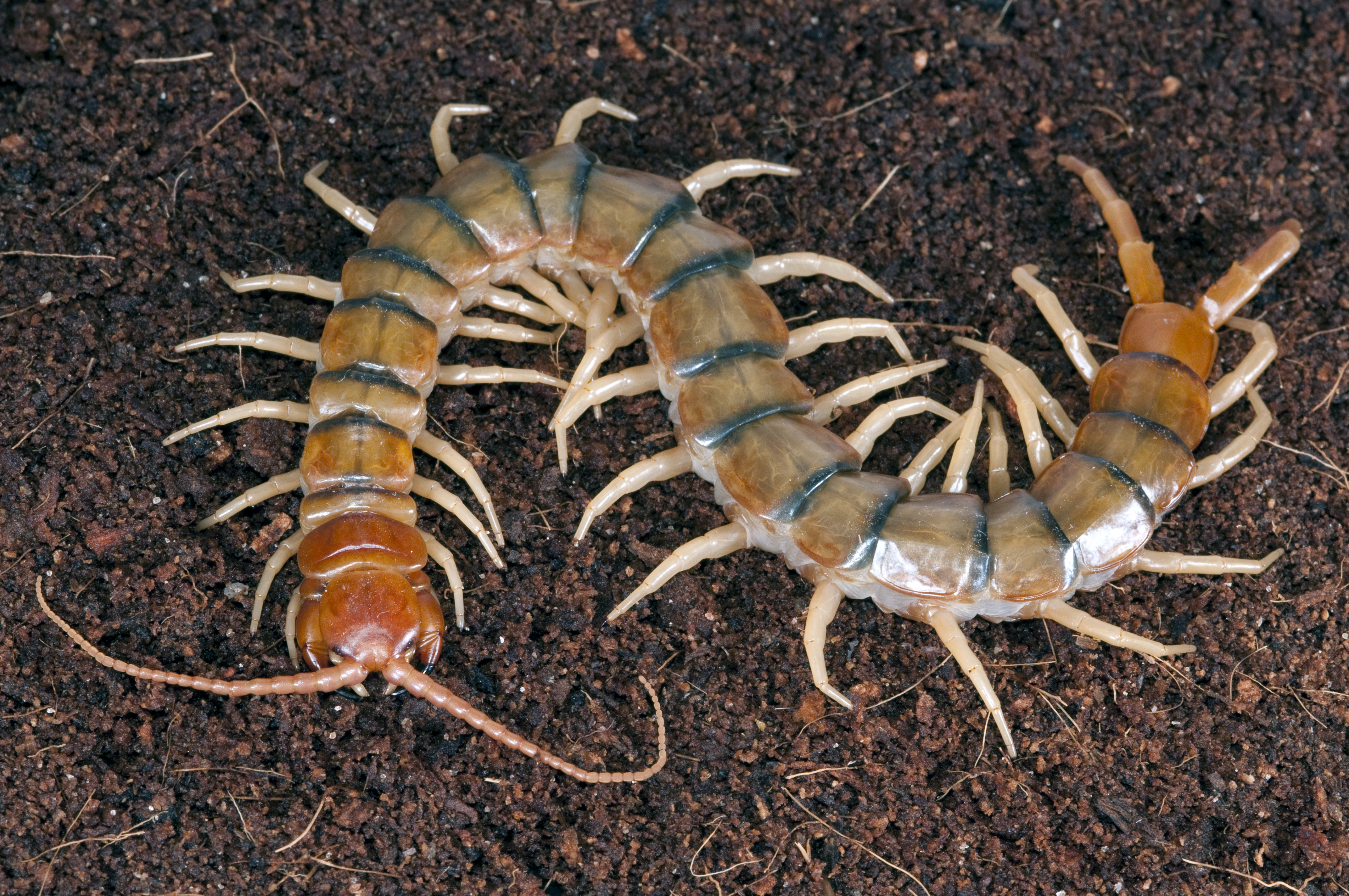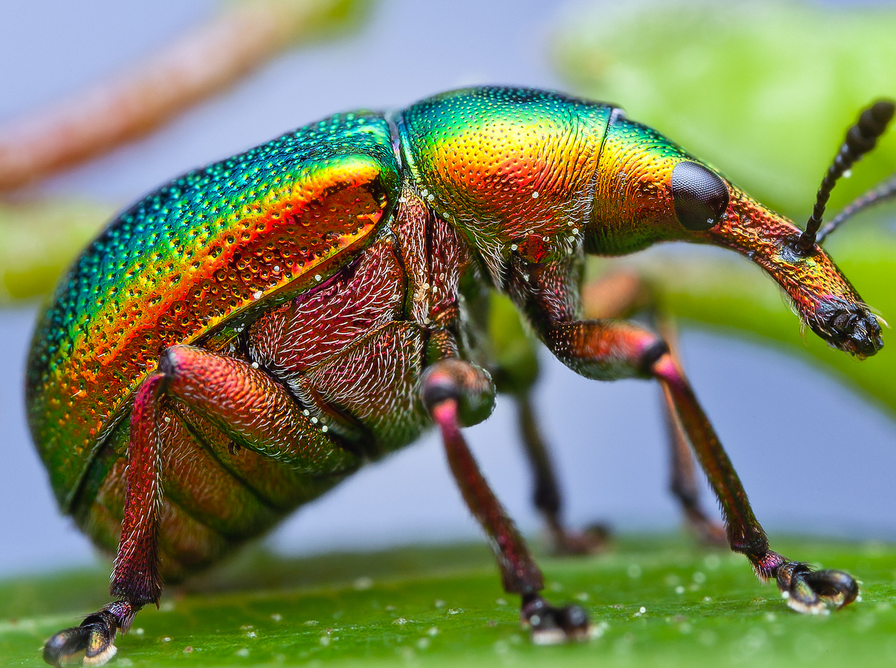These two subphylums have some of the most amount of species ever, and they are everywhere!
Subphylum hexapoda have defining characteristics such as:
- 6 legs
- Uniamous appendages
- 3 tagmata – head, thorax and abdomen
- 1 pair of antennae
- 1 pair of mandibles
- maxillae with a varying number
- Trachea for respiration
- Malphigian tubules for excretion
CLASS INSECTA
There are 30 million species within this class and it is very diverse! They live in mainly terrestrial habitats but there are some aquatic species.They often lack appendages on the abdomen with the head and the thorax containing the appendages.

The mouth parts of this species is all outside, and they have an interesting head. It is loaded with chemo and mechano receptors and there are large compound eyes to help with seeing. There are 3 occilli which are used for light reception.
There are mandibles which help with grinding food and a maxilla for bringing the food to the mouth.

The thorax of the insect has 3 pairs of walking legs, with hind legs to help with jumping, and 2 pairs of wings.
The abdomen of the insect has a paired cerci on the last segment and this is usually used for sensory information such as movement and vibrations.
Wings
This is not an appendage and it usually comes in 2 pairs, although varying with groups. There are thin membraneous wings and there are hardened wings.
In flies there are 1 pair of wings with the second pair having halteres which helps detect change. There are also small sensory structures called gyroscropes which acts as a balancing structures.
They are able to move via walking and flying.
Food time?
They have a crop and a gizzard and a hindgut which have specialized structures. There all types of diets from herbivores to carnivores to parasitic.

They have specialised mouthparts for different diets. The grasshopper has a chewing mechanisms, while mosquitos have a suctorial called a labrum. This sucks blood through opening and there is also a labium which is elogated and curved.
Flies have lapping which is when the labium is like a sponge and it sucks up liquids.
Respiratory?
They have an open circulatory system which is typical of an artropod (see artropod blog for more information).
Theere is braching pipes which are located in the dorsal and ventral end. This allows uptake of O2 and there is an external opening known as a spirace. The spiracles can get oxygen into the body whenever it is needed. There are tracheoles which are fluid filled are also important for getting O2 primed for uptake.
The trachea has taenidia (not ctenidia) which is a spiral thickening sort of like coiled thread. It adds structural support to the walls and keeps the trachea open.
The respiration tract is important for delivering gas by diffusion and this occurs when the wall can shut the opening in order to allow more CO2 to build up and then release it actively.
Excreting time?
There are malphigian tubules which are located at the midgut and there is a junction at the hindgut. This helps with conservation of water and releases dry waste product. The malphgian tubules functions as a fitration system to uptake goodies and release uric acid.
Nervous system?
They have the same plan as an average athropod with a brain and a ventral nerve cord and ganglia. This helps with the coordination of movement.
The sense organs include:
- Mechanoreception – which has sensilla located at the antennae, legs and body
- Auditory – tympanal organ which is near the stretched leg. This allows the insect to figure out where the sound is in space.
- Chemoreception – mouthparts, antennae and legs
- Vision – simple and compound eyes with flicker vision between 200-300 flashes (humans hav 40-50), and they can also see polarized light and UV light.
Below is how they see the world.

Sexy time?
There is internal fertilisation which is when the insects remain attach for a while for the sperm transfer.
The eggs will become larvae (instar) and there will be a lot of moults before it becomes an adult. This occurs via metamorphosis.
Metamorphosis
Holometabolous: There is a dramatic stage between larva and adult stage. They have specialized life stages in order to avoid competition between the young and adults. The pupae stage when there is dramatic change there is dramatic reorganisation of the body.

Hemimetabolous: There is less dramatic changes where the young look similar to the adults. With moulting stages is how the young grow, and they are known as nymphs with several instar.

Ametabolous development: This happens mainly in primitive wingless insects and the larvae are similar to adults.

SUBPHYLUM MYRIOPODA
This subphylum is known as many footed and there are 2 tagmata with a head and trunk and paired appendages along most trunk segments.
This group was once included in the subphylum uniramia but now it is seperate based on molecular evidence.
At the end of the last pair of appendages it is long and sensory, which can be used to pick up chemical and mechanical information.
CLASS DIPLOPODA

This is the group which millipedes are in.There are 2 pairs of appendages per segment and there is a trachea for respiration with 2 spiracles per segment.
CLASS CHILOPODA

This group includes the centipedes. They are segmented and they have 1 pair of appendages per segment and the 1st pair have poison claws. Not fun.
The eyes have ocelli to help but it is not very complex.
I am now done with the Arthropods, so I will move onto Echinoderms!
